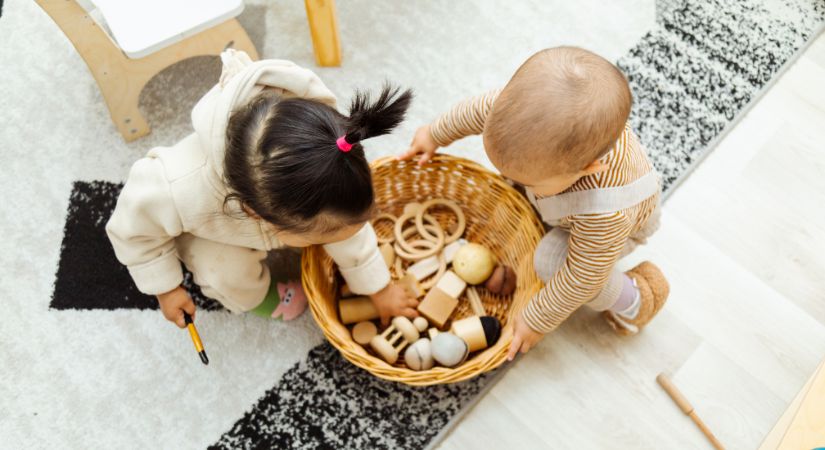The curiosity approach to learning is a modern pedagogy that encourages children to use their natural curiosity to guide their learning. This innovative approach fosters a love for discovery and exploration, making learning an enjoyable and engaging process. In this blog, we will delve into five ideas inspired by the curiosity approach that can transform your nursery into an outstanding learning environment.
Create a Stimulating Environment
The first step in implementing the curiosity approach to learning is creating a stimulating environment that sparks children’s interest and imagination. This involves setting up spaces with open-ended resources such as loose parts, natural materials, and recycled items. These resources encourage children to explore, experiment, and create their own unique interpretations of the world around them.
For instance, a nature-inspired corner filled with leaves, twigs, stones, and shells can ignite children’s fascination with the natural world. Similarly, a construction area stocked with wooden blocks of different shapes and sizes can stimulate spatial thinking and problem-solving skills.
Encourage Child-led Learning
In line with the curiosity approach to learning, child-led learning should be at the heart of your nursery environment. This means allowing children to take charge of their own learning journey based on their interests and questions.
Instead of dictating what they should learn or do, educators should act as facilitators who provide guidance when needed but also give children ample freedom to explore at their own pace. This fosters independence, confidence, and resilience among learners while also making learning more meaningful and relevant for them.
Foster Inquiry-Based Learning
Inquiry-based learning is another key aspect of the curiosity approach that can greatly enhance your nursery environment. It involves posing thought-provoking questions or presenting intriguing scenarios that prompt children to investigate further.
For example, you might introduce a butterfly chrysalis into your classroom and ask questions like “What do you think will happen next?” or “How does it change?”. Asking questions stimulates critical thinking skills while also fostering a sense of wonder about the world around us.
Incorporate Play-Based Learning
Play is an essential part of Early Years education as it offers numerous developmental benefits including cognitive growth, physical development, and social skills enhancement among others. The curiosity approach emphasizes play-based learning where children learn through hands-on experiences in playful settings.
Whether it’s role-playing in a pretend kitchen or building towers from blocks – each play scenario provides valuable opportunities for children to learn about different concepts in a fun-filled manner.
Promote Collaborative Learning
Lastly but importantly is promoting collaborative learning within your nursery setting. The curiosity approach encourages group work where children learn from each other’s perspectives while working towards common goals.
This not only enhances social interaction but also fosters empathy and respect for others’ ideas – crucial life skills that go beyond academic achievements.
Implementing these five ideas inspired by the curiosity approach can significantly transform your nursery into an outstanding learning environment that nurtures curious minds ready for lifelong discovery journeys!
Remember that every child is unique with individual interests and ways of exploring the world around them – so be flexible in adapting these ideas according to your learners’ needs! With patience and creativity on your side – you are sure to create an inspiring space where little minds thrive!

